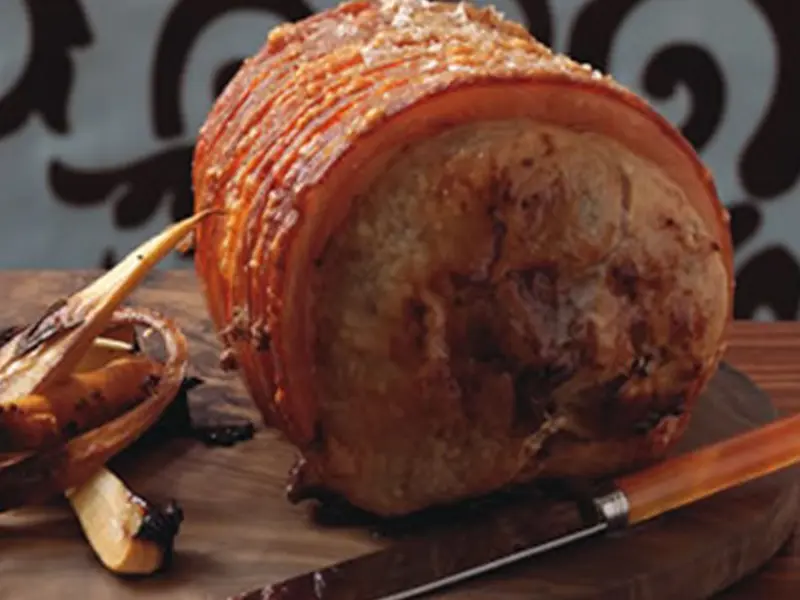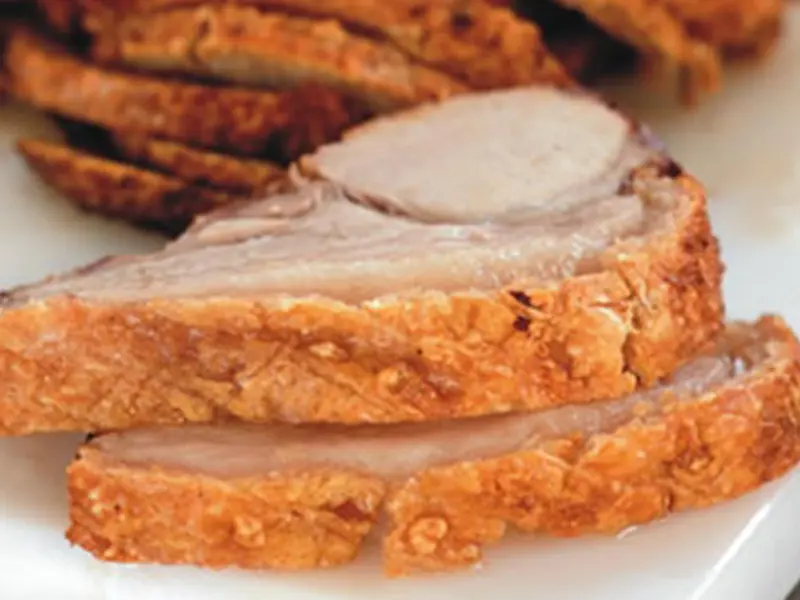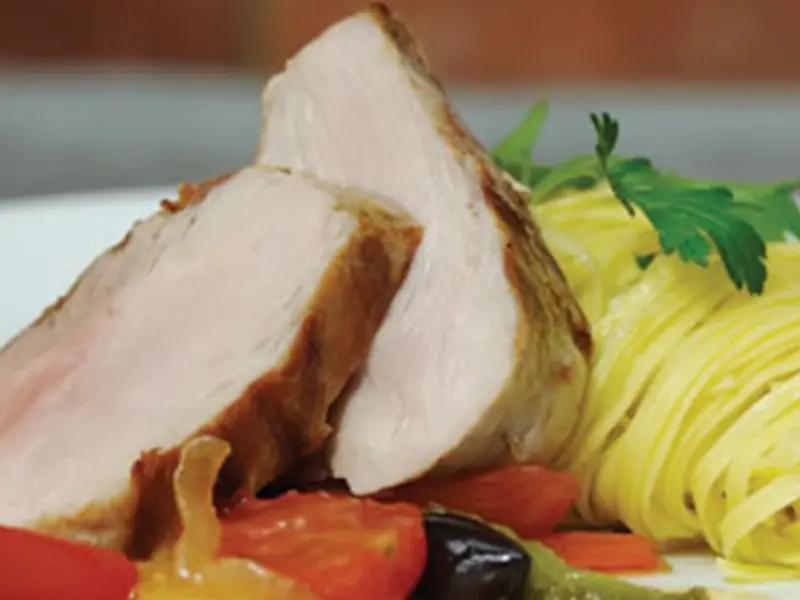Pork Cooking Tips
Pork is sometimes too versatile for its own good.
There are so many ways to enjoy pork in your own home from an indulgent weekend slow roasted pulled pork with the perfect crackling to a convenient and nutritious mid-week meal.
We want you to get the best out of your pork dishes so we’ve given you a few pointers that we’ve learnt over the years.
Roasting
- Loin & Leg Joints – Most Roast pork loin and leg recipes just give generic minutes x weight cooking instructions when the real secret to these quicker cooking pork joints is the internal temperature of the meat, so we advise getting yourself a meat thermometer. According the UK Food Standards Agency pork needs to reach an internal temperature of 75 C for 2minutes, to kill off any harmful bugs. Interestingly enough the US equivalent has recently reduced this temperature down to 62.78 C.
- Resting – All joints will continue to cook after they leave the oven, if you want to achieve an internal temp of 75 C and not overcook the joint you might want to consider taking the joint out at 70 C and after 10 mins resting it should have reached 75 C. It’s important to monitor this with a meat thermometer.
- Shoulder Joints – We believe it’s best to cook shoulder low and slow. These muscles have been worked the hardest by the pig, particularly free range ones who have been digging and rooting in the soil, and a slow cook is necessary to break down the muscle fibres. No need to worry about being precise with this style of cooking, hit the oven hot for the crackling then turn down to 140 C for 5 – 6 hours, the end result will be pulled pork.
- Belly – Always roast flat for a consistent cook (i.e. if it has been rolled by the butcher, cut the strings and lay it flat in the roasting tin). Belly is the fattiest cut of pork, which is awesome for flavour but can be a bit rich for some people. We recommend raising the joint off the floor of the roasting tin so that the fat can drain out of the joint as the meat is cooking.
Crackling
- Free Range – The real key to great crackling is all about the skin, free range pigs are outside in fresh air and sunshine all day long, it’s no wonder that it crackles so well!
- Fat – Select a joint with a good layer of fat, ask your butcher to score it (they should do this through the skin half way into the fat layer) this allows the fat to render and crisp up your crackling.
- Dry – The skin must be dry to crackle, pat dry with kitchen roll as a minimum but a good tip is to use a hair dryer, then rub salt into the skin to draw out any excess moisture.
- Hot Oven – Pre-heat oven as hot as it will go, place joint on a high shelf and cook at this top temperature for 20 mins before turning down to your cooking temperature.
Mid week meals
- Stir Fry – Ask your butcher for pork fillets (aka tenderloins) or loin steak medallions, dice them yourself fresh before you cook them. These cuts have less fat than a chicken breast so offer a very healthy and nutritious mid-week meal. Don’t just buy diced pork because this could come from other cuts which are more likely to be suitable for a casserole than a stir fry.
- Pork Schnitzel – A European staple that is so easy to cook, so tasty and a family favourite. Leg, loin or shoulder steaks can be used to make your own schnitzels. Ask for thin cut loin medallions to save having to tenderise the meat but we’re sure your butcher will be able to do that for you if you ask, so you can experiment to find the perfect cut for your schnitzels.



